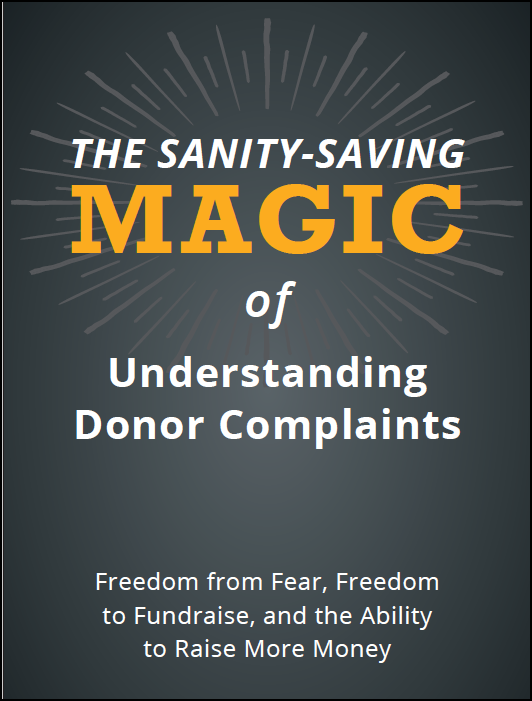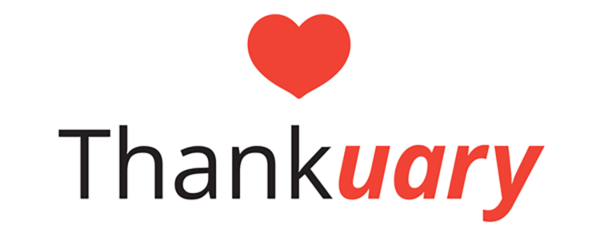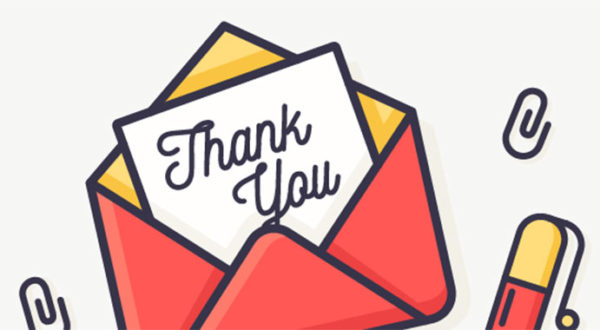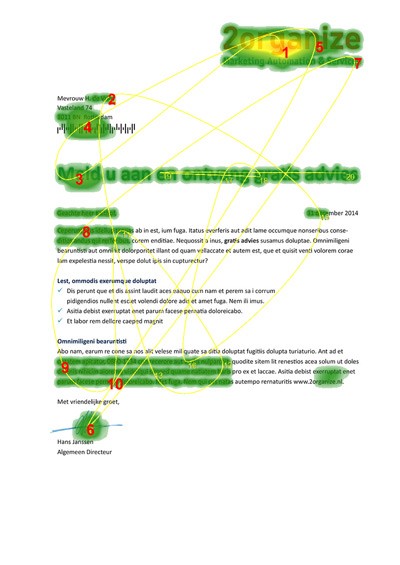How you write the first sentence of your receipt letter (or autoreply email) makes a great deal of difference for whether your donor keeps reading… or not.
Let me give you five tips we live by at Better Fundraising.
Be Direct
The more direct and “to the point” you can be, the better. Here are two first sentences that I use all the time:
“Thank you for your generous gift of [GiftAmt]!”
“You are so generous, thank you!”
Using your first sentence to “send the main message” is an effective tactic in your donor communications. Your donor doesn’t have to read any further and she’s already received the message you’re trying to send.
Short and sweet
Think of the first sentence as the “on-ramp” to the rest of your note or letter. If the on-ramp is easy, your donor is likely to keep reading.
If the on-ramp sentence is long, with lots of clauses or jargon, your donor is less likely to keep reading.
Share the Outcome
Another powerful idea is to share the outcome of the donor’s gift. This isn’t always possible, but here are some examples:
“Thank you for your gift to put on this fall’s exhibit.”
“Thank you for your poverty-fighting gift!”
“Thank you for your generosity, your gift will fund vital research!”
It’s great if you can thank your donor and give her a sense of what her gift will accomplish – in one short sentence.
Start with the Beneficiaries
It’s always a good idea to mention the people or thing your organization serves! This results in first sentences like this:
“Thank you for your gift to protect endangered wetlands!”
“Thank you for your gift to help the children!”
“Thank you for preserving heirloom quilts for quilt-lovers to see!”
Use ‘You’
The word “you” is magical at getting your reader’s attention. It’s also a good way to signal to the donor that this piece of communication is about them – that they should be interested in this and want to read it.
“Your generosity amazes me!”
Use the word “you” early and often.
It’s Not About Your Organization
One of the secondary benefits of using the word “you” is that you’re not writing your organization’s name, or the words “we” or “us.”
There’s nothing intrinsically wrong with those words or your organization’s name. Just remember that the best Thank You’s tend to be about the donor and their gift – and not about the organization.
Final Thought
You want to write something that your donor is interested in reading, and makes her want to keep reading.
If it helps, here’s an example of what not to do. It’s my all-time favorite bad opening line of a thank you / receipt letter:
“Recently, we returned from an all-staff retreat.”
Ask yourself, why would a donor want to keep reading?
If you want your donors to keep reading, follow the guidelines above. Your Thank You’s and Receipt Letters will improve in no time!








